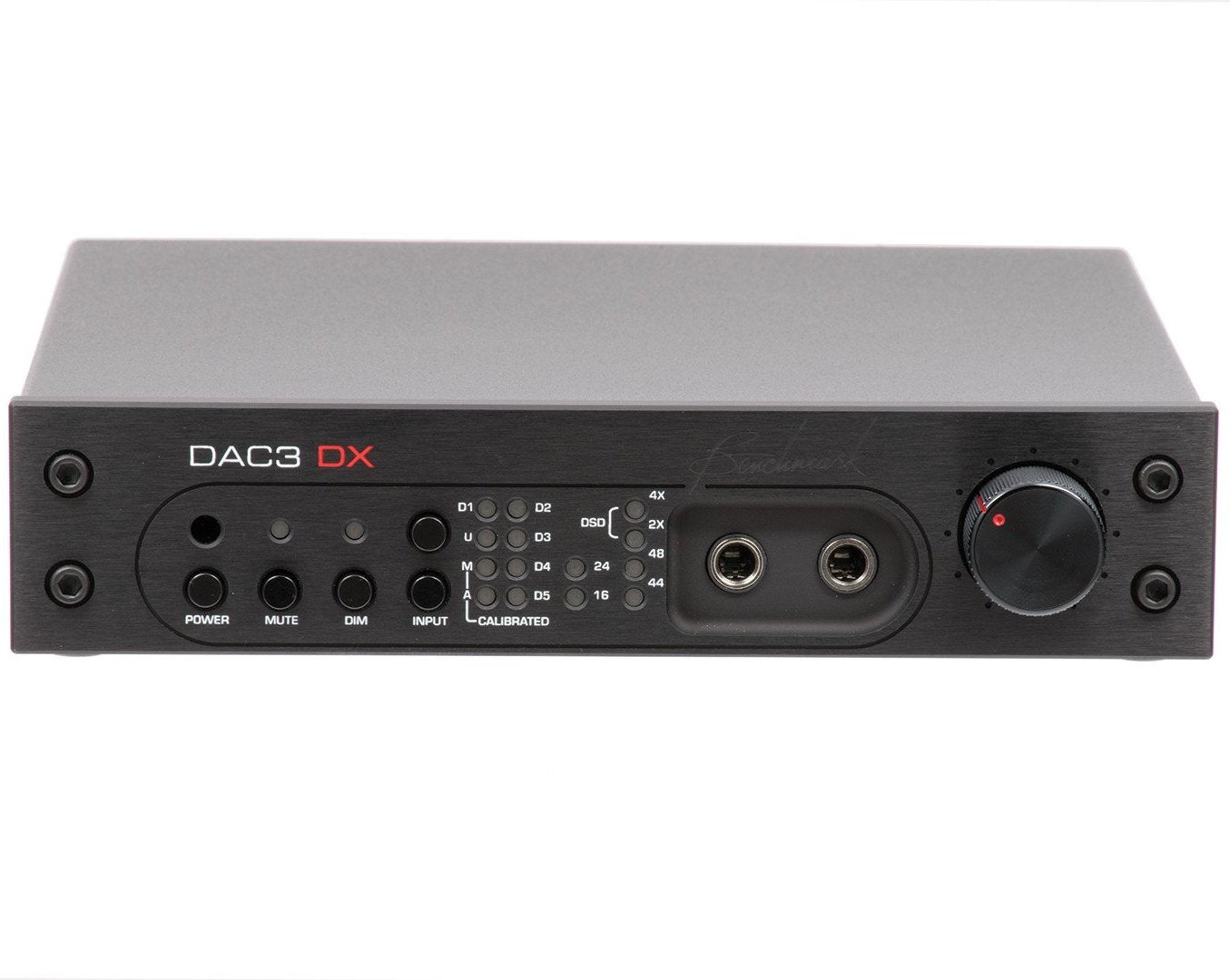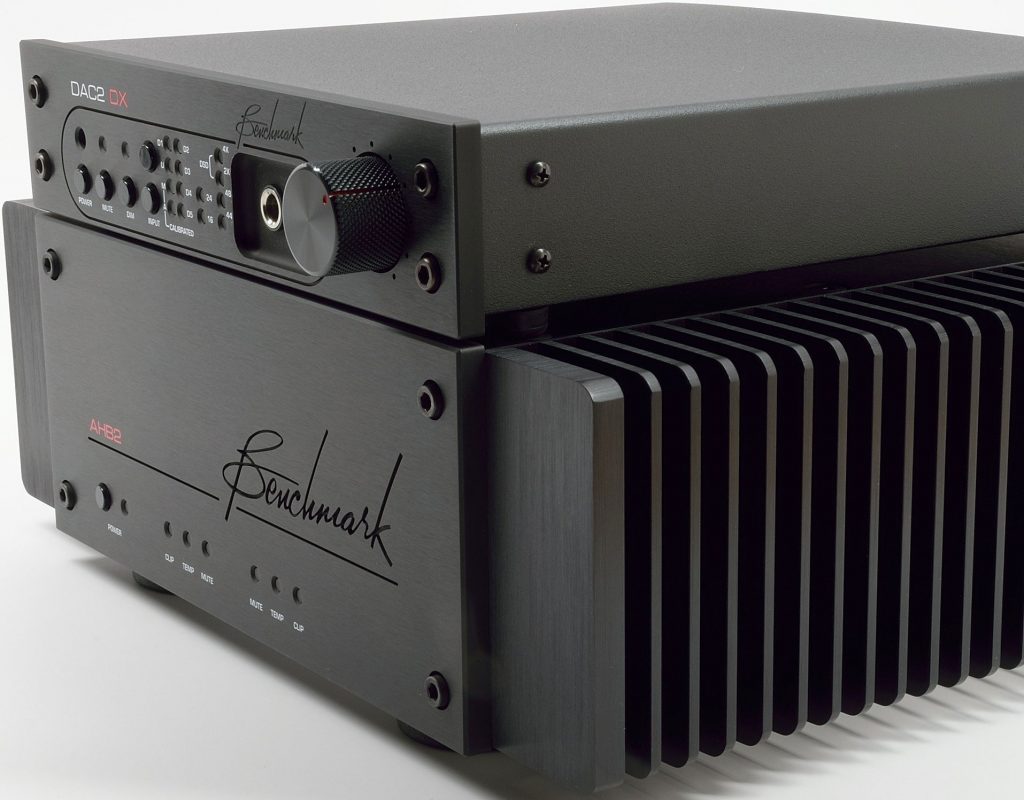

This system provides the speed and stability needed to keep the amplifier clean over its unusually wide 0.1 Hz to 200 kHz bandwidth. In contrast, our feedforward system corrects errors before they reach the output.

Feedback loops can only correct errors after they occur. The THX feedforward error correction system is much faster than traditional feedback systems. But make no mistake, the AHB2 is not a class-D amplifier! The AHB2 is a linear class-H amplifier with bipolar output transistors and a unique feedforward error-correction system. On the basis of these characteristics, the AHB2 resembles many class-D switching amplifiers. The AHB2 is powerful, compact, cool running and passively cooled (no fans). The AHB2 delivers the 1st-Watt performance of a class-A amplifier but stays crystal clear when delivering high power into difficult speaker loads. The AHB2 leverages the patented THX AAA ™ technology to virtually eliminate all forms of distortion. From the first watt to the last watt, no amplifier delivers lower distortion or lower noise. The result is an amplifier that stands head and shoulders above the competition. Together we designed the revolutionary AHB2 amplifier with a focus on frequency response, output noise, drive current, damping factor, and reliability. Consequently, from input to output, the AHB2 is a radically different design. This forced us to take a fresh approach to each section of the amplifier. From the beginning it was clear that we could not reach our goals with any of the traditional amplifier topologies. Introducing the AHB2 - A New and Different Power Amplifierīenchmark partnered with THX to create an amplifier that could deliver true high-resolution performance. These traditional amplifiers are a poor match to the new high-resolution audio formats. This conflict may explain why amplifiers have not kept pace with the advancements in high-resolution audio. Many of the best power amplifiers still struggle to deliver CD-quality audio. Power and speed are often conflicting requirements. The amplifier is faced with the difficult task of providing high current and high voltage while delivering the speed required to follow musical transients. In many cases, amplifiers also limit the frequency response of the entire electronic chain. Amplifiers usually produce most of the noise and distortion that reaches the speakers. Amplifiers are almost always the weakest link in the electronic chain.


 0 kommentar(er)
0 kommentar(er)
